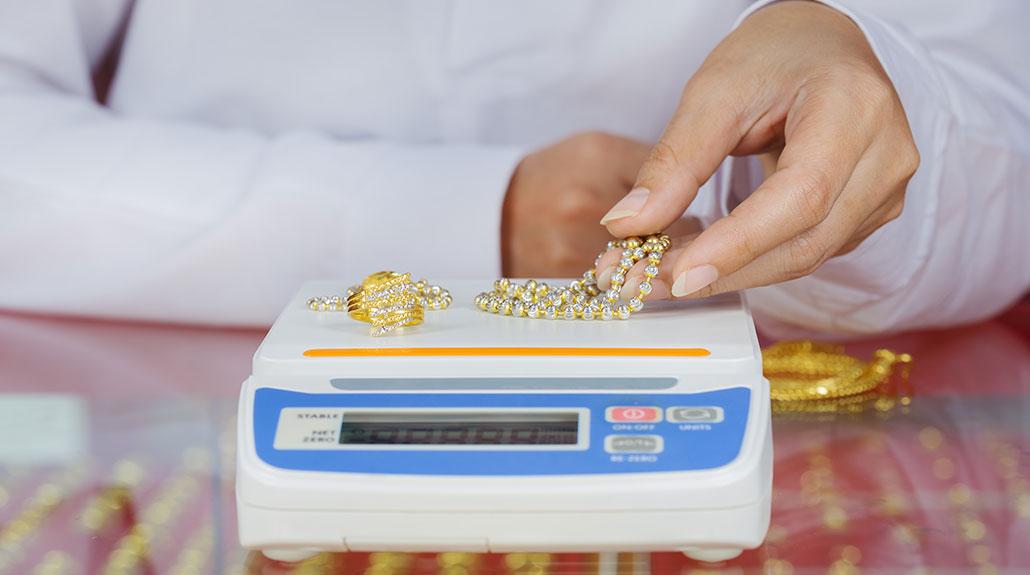Do you own some gold and are wondering how to measure its density? After all, the density of your gold directly affects its market value. And while gold is one of the densest and most precious metals around, there are different types of gold with varying density, pureness, and value. Specifically, the density of gold refers to its mass divided by its volume. Read on to learn how you can measure the density of your gold.
Why Is It Important to Measure the Density of Gold?
It goes without saying that you would not want to buy or own any fake gold. And unfortunately, looks can be misleading – metals that look like gold might be a tungsten forgery instead. And this is where measuring the density of that specific metal can come in handy. Specifically, the density of a specimen is the ratio of its mass to the volume it fills, which reflects how densely the atoms are packed. In this case, the density of gold is 19.3 g/cc. What this means is by measuring the density of the metal, you can check if it is really 19.3g/cc to ensure the metal is pure and legitimate gold. At the same time, measuring the density of gold may be used to determine its purity. Nonetheless, keep in mind that these measures are not 100% accurate because your jewelry is almost probably alloyed with another metal unless it's certified to be 24 karats.
How to Measure the Density of Gold?
Now that you understand the importance of measuring the density of gold, how should you go about it? While the percentages of metal in jewelry cannot be fully figured out without examining its documentation, there are approaches to measuring its density. Here is how.
To begin with, clean your jewelry to remove any grime and dirt that has developed through storage or prolonged use. This is important as any dirt or impurities can affect the calculation of the density and purity of the gold. Once you have done so, place it on a high-precision scale and write down how many grams it weighs. Next, fill a graduated cylinder halfway with water. Why do you need to fill a cylinder exactly at the halfway mark? Not only does it allow you to precisely change the water so that it aligns with a measuring line, but it also helps in improving the accuracy of your records. Once you have done so, proceed to place your ring, bracelet, or any other gold objects in the beaker and wait for the water to settle. Once the water has become calm and settled, make a note of the difference and the higher amount of water in the beaker.
You must now perform some calculations. Begin by calculating the initial volume of water in the beaker, then subtracting it from the increased volume after adding your jewelry. Then, divide the weight in grams by the resultant volume in milliliter to get the precise density.
By comparing it to the original density of 19.32 grams per milliliter, the quotient should tell you how much gold is in your jewelry. The higher the density of your jewelry or bullion, the closer it is to pure, fine gold.
